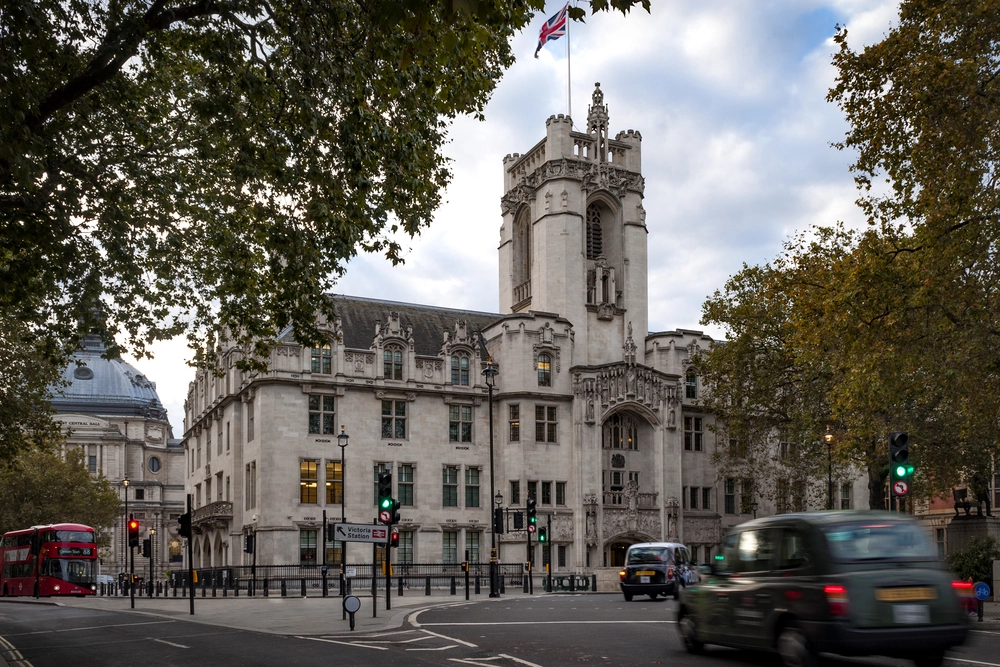General checklist of considerations
In light of this latest judgment and taking a step back to assess the bigger picture in this increasingly active area of litigation, we’ve distilled a brief non-exhaustive list of factors to consider where concerns relating to particular views or posts are raised:
- While not disputed in this case, the definition of protected belief is potentially very broad. It is important that you reflect carefully on the nature of the belief and whether it is (or may be) protected. The Grainger test determines whether a belief is protected: belief must be genuinely held, not just an opinion, must be a belief as to a weighty and substantial aspect of human life and behaviour, must attain a certain level of cogency seriousness cohesion and important and must be worthy of respect in a democratic society and not incompatible with human dignity and not conflicting with the fundamental rights of others (accepting that beliefs which are offensive, shocking or even disturbing to others can still be protected).
- Any alleged comments should be assessed according to their actual wording and the tone and language used. Avoid any stereotyping or making assumptions of someone’s belief, such as drawing broader conclusions as to whether comments are (for example) homophobic or transphobic. Accept that the threshold for speech qualifying as grossly offensive is high – more akin to language which incites hatred or disgust for groups of people rather than language which could be considered to be a derogatory sneer or a stupidly rhetorical exaggeration. Consider whether the words posted are the employee’s own or they are re-posting something written by someone else.
- Context is key. Consider where and how the belief has been expressed. A private social media post is less likely to justify an employment sanction compared to an unsolicited and irrelevant comment made during a workplace meeting. Of course, this will be more difficult where the boundaries between work and personal life are blurred such as in group chats; these will require further investigation.
- Promote tolerance of views within the workplace (including opposing views) and communicate this clearly through employee training and your policies. You do need to create an environment where everyone understands that people will disagree about religious and philosophical matters and some people’s views may offend others.
- Accept that it is uncomfortable when these conflicts occur both within and outside the workplace. You shouldn’t shy away from taking steps to properly understand and address complaints and issues, but you do need to ensure that judgements are reserved until you have established the relevant facts. The Court of Appeal in this case noted that the School were entitled to investigate in respect of Mrs Higgs’ comments upon receipt of the complaint. However, it is important to investigate fully first, and where possible, making it clear to the individual that you just need to understand the factual circumstances. You don’t even need to term this as a disciplinary investigation at the outset when you are just trying to understand what has happened and the context.
- Do not rely on potential reputational damage without considering carefully how warranted that concern really is (by reference to where it was posted, who has seen it, how many complaints have been received since etc).
- Consider how the views expressed relate to the employee’s actual work. Are there grounds for thinking this will lead to them behaving in a discriminatory or harassing or negative way at work? Has there been any evidence of this?
- Seek legal advice if you are unsure.















